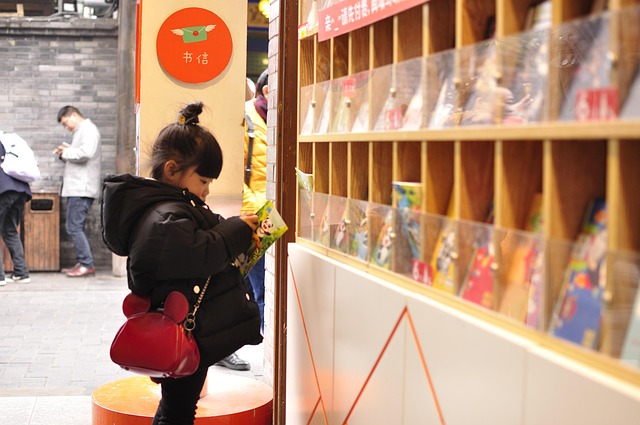In the rapidly evolving landscape of industrial automation, a single concept is reshaping how machines perceive their environment and make intelligent decisions: interpolative sensing. By blending high‑resolution measurement data with mathematical models, interpolative sensing provides robots with a continuous understanding of physical variables that would otherwise be captured only at discrete points. This capability underpins a new generation of autonomous systems that can adapt in real time, improving safety, precision, and operational efficiency across a broad spectrum of business processes. In this article we explore the technical foundations, practical integration, and economic implications of interpolative sensing for robotics, artificial intelligence, and automated workflows.
The Foundations of Interpolative Sensing
At its core, interpolative sensing is a data‑fusion technique that estimates intermediate values between known sensor readings. Rather than relying on sparse, noisy point measurements, it leverages interpolation algorithms—linear, spline, kriging, or neural‑network‑based—to construct a continuous field of variables such as temperature, pressure, force, or position. The process typically involves three stages: data acquisition, model selection, and inference.
- Data acquisition: High‑frequency sensors gather discrete samples from the environment or the machine itself.
- Model selection: Engineers choose an interpolation scheme that balances accuracy, computational load, and robustness to outliers.
- Inference: The model generates estimates for unmeasured locations, providing the robot with a richer context for navigation and manipulation.
Mathematical Basis
The mathematical underpinnings of interpolative sensing draw from numerical analysis and statistical learning. In deterministic approaches, such as polynomial interpolation or radial basis functions, the algorithm constructs a function that exactly fits the known data points and extrapolates smoothly across the domain. In probabilistic methods like Gaussian process regression, the algorithm treats unknown values as random variables with a joint distribution conditioned on the measurements. This framework naturally incorporates uncertainty estimates, enabling risk‑aware decision making in safety‑critical applications.
“Interpolative sensing turns discrete data into a continuous narrative, allowing robots to anticipate what lies beyond their immediate perception,” says Dr. Elena Morales, a leading researcher in sensor fusion at the Institute for Autonomous Systems.
Integration with Robotics
Robotic platforms, whether industrial manipulators, mobile service robots, or autonomous vehicles, depend on accurate perception to execute tasks. Interpolative sensing enhances this perception by filling gaps in sensory coverage. For example, in a factory assembly line, force sensors placed at a robot’s joints can be interpolated to estimate distributed load across the entire arm. In warehouse automation, temperature sensors embedded in storage racks can predict thermal gradients, guiding drones that inspect temperature‑sensitive goods. The result is a system that can detect anomalies, adjust trajectories, and maintain optimal performance with minimal human intervention.
Real‑World Applications
Across industries, interpolative sensing is already driving measurable gains. Here are some prominent examples:
- Aerospace manufacturing: CNC machines equipped with interpolated vibration sensors detect early signs of tool wear, reducing downtime and ensuring component tolerances.
- Precision agriculture: Agricultural robots interpolate soil moisture data from sparse probes to guide variable‑rate irrigation, conserving water while maximizing crop yield.
- Medical robotics: Surgical assistants use interpolated force maps to maintain steady pressure on tissues, improving outcomes and reducing surgeon fatigue.
AI Synergy and Decision Making
Interpolative sensing does not exist in isolation; it is the data foundation for artificial intelligence algorithms that control and optimize robotic behavior. Machine‑learning models—especially reinforcement learning agents—rely on rich, continuous state representations to learn policies that balance speed, accuracy, and safety. By feeding interpolated sensory estimates into neural networks, developers can train robots to anticipate dynamic changes in their environment, adjust grip strength on delicate objects, or plan collision‑free paths in cluttered spaces. The synergy between interpolative sensing and AI accelerates the transition from reactive to proactive automation.
Challenges and Future Directions
Despite its promise, interpolative sensing faces several technical and practical hurdles. First, the accuracy of interpolation depends heavily on sensor placement and density; poorly distributed sensors can lead to overconfident estimates that misguide robots. Second, real‑time interpolation on embedded processors requires efficient algorithms; naive implementations can overwhelm the limited computational resources of many robotic platforms. Finally, integrating interpolated data with heterogeneous AI systems demands standardized interfaces and robust error handling to prevent cascading failures.
- Optimizing sensor networks for minimal redundancy while preserving coverage.
- Developing adaptive interpolation algorithms that adjust model complexity on the fly.
- Creating industry‑wide data‑exchange standards to streamline integration across hardware and software stacks.
Business Impacts and ROI
From a business perspective, the adoption of interpolative sensing translates into tangible returns. Companies report reduced operational costs through predictive maintenance, lower energy consumption by fine‑tuning process parameters, and higher throughput by eliminating manual quality checks. For instance, a smart logistics firm that integrated interpolated temperature monitoring into its automated palletizing robots achieved a 12% reduction in spoilage and a 9% increase in overall productivity. Moreover, the enhanced safety profile of robots—thanks to more accurate force and position estimates—reduces the risk of costly downtime or regulatory penalties.
In summary, interpolative sensing is more than a technical nicety; it is a strategic enabler for the next wave of robotics, artificial intelligence, and automation in business. By transforming discrete sensor readings into continuous, actionable insights, it empowers machines to perceive, reason, and act with unprecedented fidelity. As research advances and industry standards mature, the reach of interpolative sensing will expand, driving innovation across manufacturing, logistics, healthcare, and beyond. Businesses that embrace this technology stand to gain a competitive edge, achieving higher efficiency, greater flexibility, and stronger resilience in an increasingly automated world.



